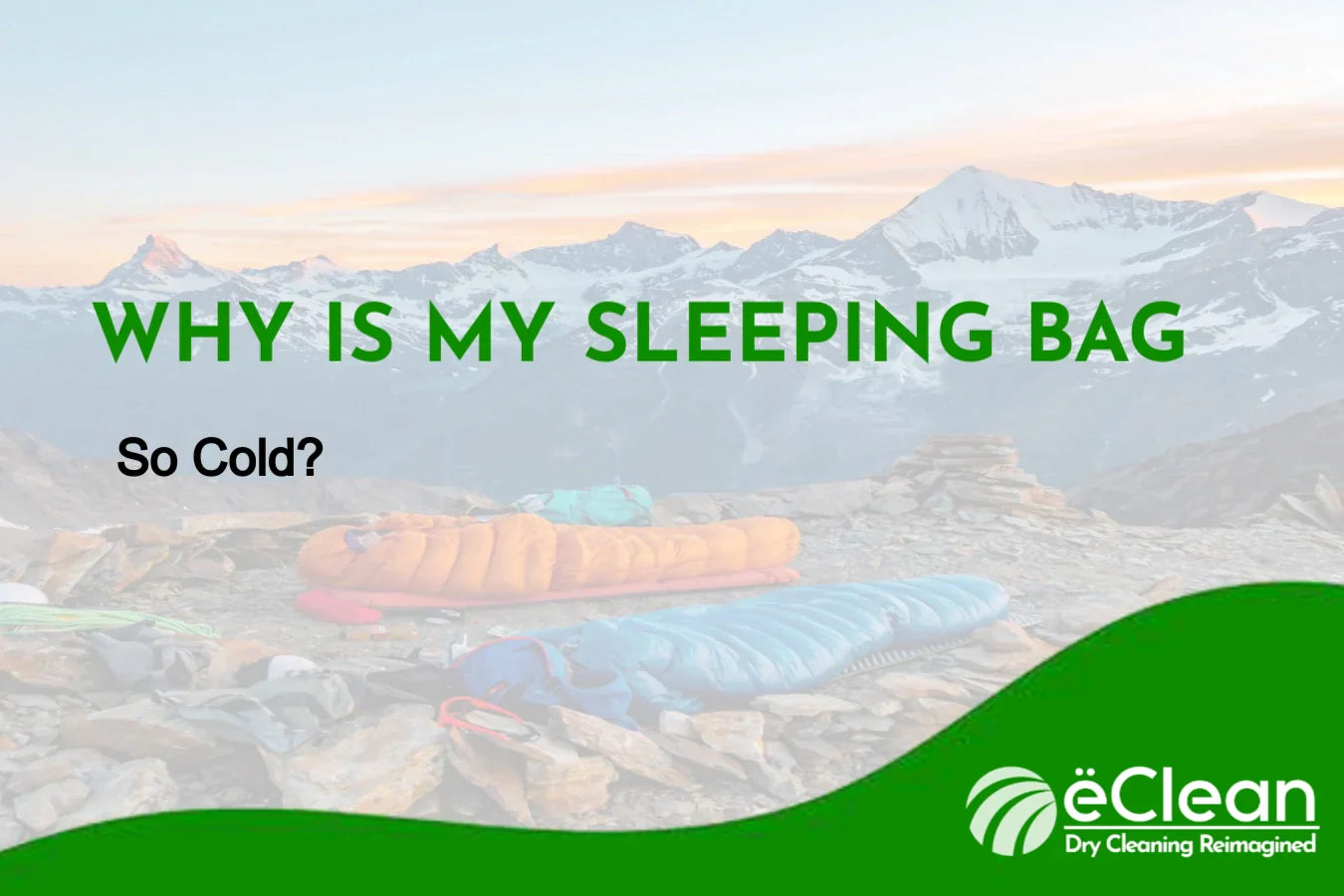Your Cart is Empty

Cleaning chemicals can harm clothes and get on your skin. Good news! eClean found a new method to clean clothes without harmful chemicals and without using water!
In this article, we will highlight the safety aspects of waterless, liquid CO2 dry cleaning and how it eliminates toxic chemicals. Discover how this method ensures a healthier environment for both our customers and the planet.
The history of chemicals used in the dry cleaning industry dates back to the mid-19th century. Initially, flammable and volatile solvents such as kerosene and gasoline were used. However, due to safety concerns and fire hazards, these solvents were soon replaced by less volatile alternatives.
In the early 20th century, a chemical called carbon tetrachloride gained popularity as a dry cleaning solvent. Despite its effective cleaning properties, it was later discovered to be toxic and harmful to both human health and the environment. As a result, carbon tetrachloride was phased out and replaced by other solvents.
One such replacement was perchloroethylene, commonly known as Perc, which emerged as the leading dry cleaning solvent in the mid-20th century. Perc offered excellent cleaning results and was less flammable compared to earlier solvents. However, concerns about its potential health and environmental risks led to its decline as well.

As environmental awareness grew, the demand for more sustainable and environmentally friendly alternatives increased. This led to the development of alternative solvents like hydrocarbon-based solvents and liquid silicone-based solvents. These solvents achieved effective cleaning results while minimizing health and environmental impacts. However, they still present some concerns.
eClean is on a mission to change all of that. We are getting rid of health risks from chemicals and reducing the harmful effects of using water on the environment. How you might ask? By removing the water altogether! Instead, we use recycled, liquid CO2.
The chemicals used in dry cleaning have changed from dangerous to safer and more sustainable options over time. Today, eClean is the only waterless, non-toxic dry cleaning solution on the market. The industry continues to evolve, driven by the need to balance effective cleaning with environmental responsibility.
One of the major benefits of waterless CO2 cleaning is its commitment to healthy living. This method removes harmful chemicals, keeping your clothes and outdoor gear safe from residues that could be dangerous.
You can now say goodbye to smelly dry cleaning. Instead, you can say hello to toxin-free clothes. These clothes include anything from Stormy Kromer wool shirts to cold weather sleeping bags!

Waterless CO2 dry cleaning services are not only safe for individuals but also for our planet. The process captures and recycles CO2, reducing carbon footprint and water usage compared to traditional methods. Choosing this eco-friendly cleaning method helps us move towards a greener future.
You might wonder if waterless CO2 cleaning compromises the cleaning quality. Rest assured, this method is as effective as traditional dry cleaning in removing stains, dirt, and odors. Your clothes will come out fresh, clean, and without any residual chemical scent.
In addition, it can be used to clean a variety of different garments and textile items. No heat is used, so it strengthens fibers and makes items last longer compared to other cleaning services.
Our services include anything from professional down jacket cleaning, sleeping bag cleaning services, formal dress dry cleaning, and even comforter cleaning services.
CO2 cleaning without water is changing how we clean clothes, offering a safer and eco-friendly option to regular dry cleaning. Say goodbye to toxic chemicals and embrace a greener and safer cleaning solution.

Has your trusty sleeping bag started to get a little too cold for mountain & winter use, or are you just noticing that it's not feeling the same as it did when it was new? It's a frustrating experience that can leave you longing for a good night's sleep.
In this article, we dive into the reasons behind insulation loss in sleeping bags, specifically focusing on down-filled ones. We'll explore the science behind the properties of down, the impact of washing machines, and common causes for reduced insulation.